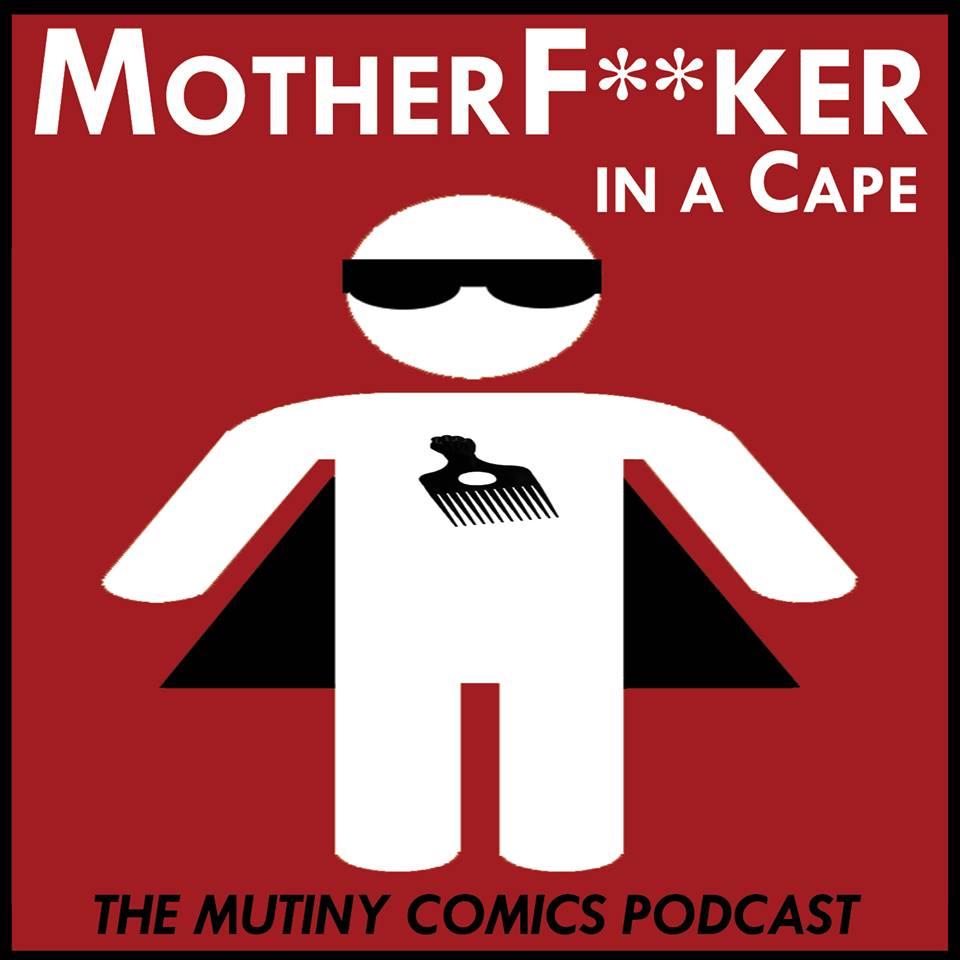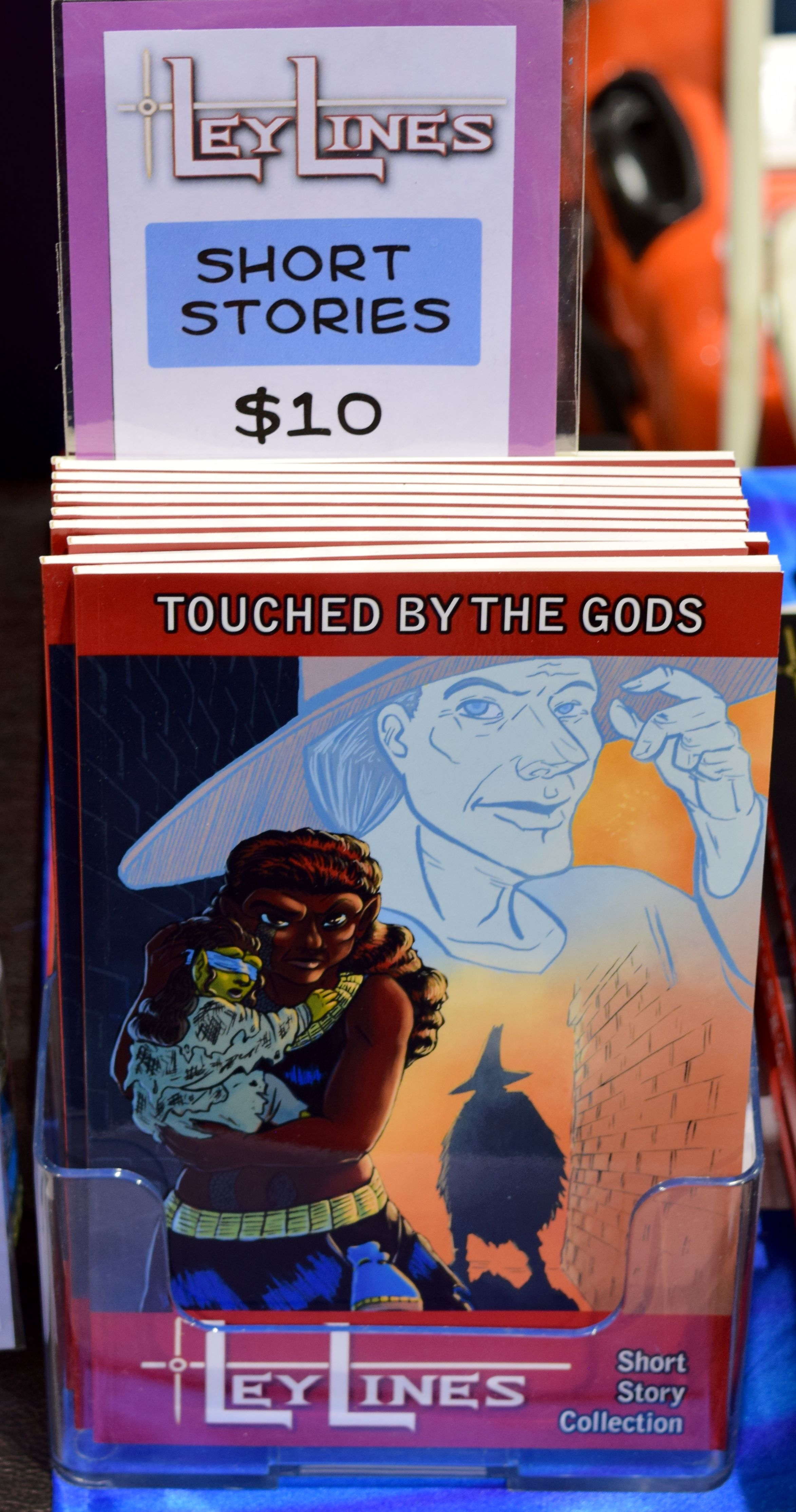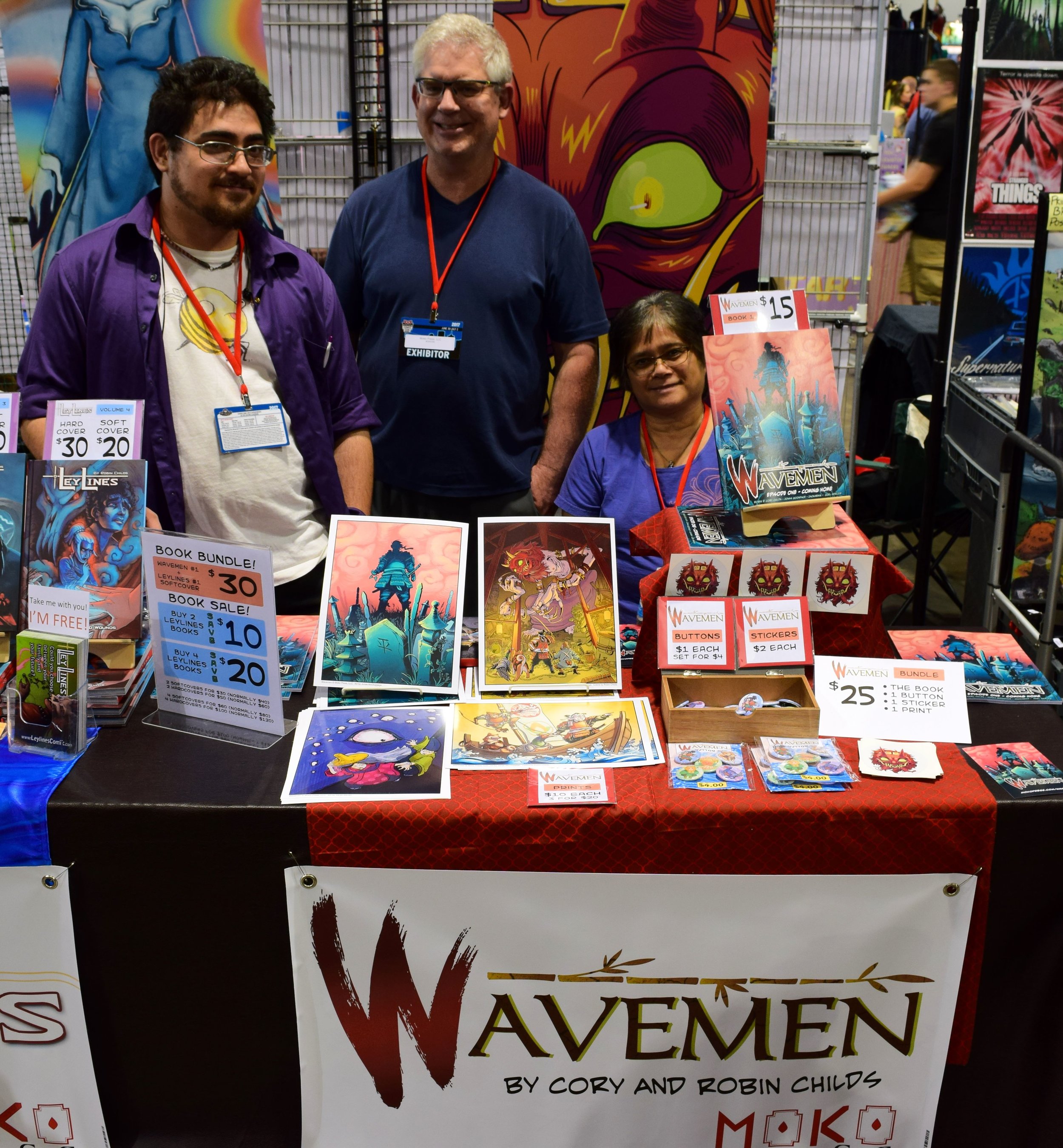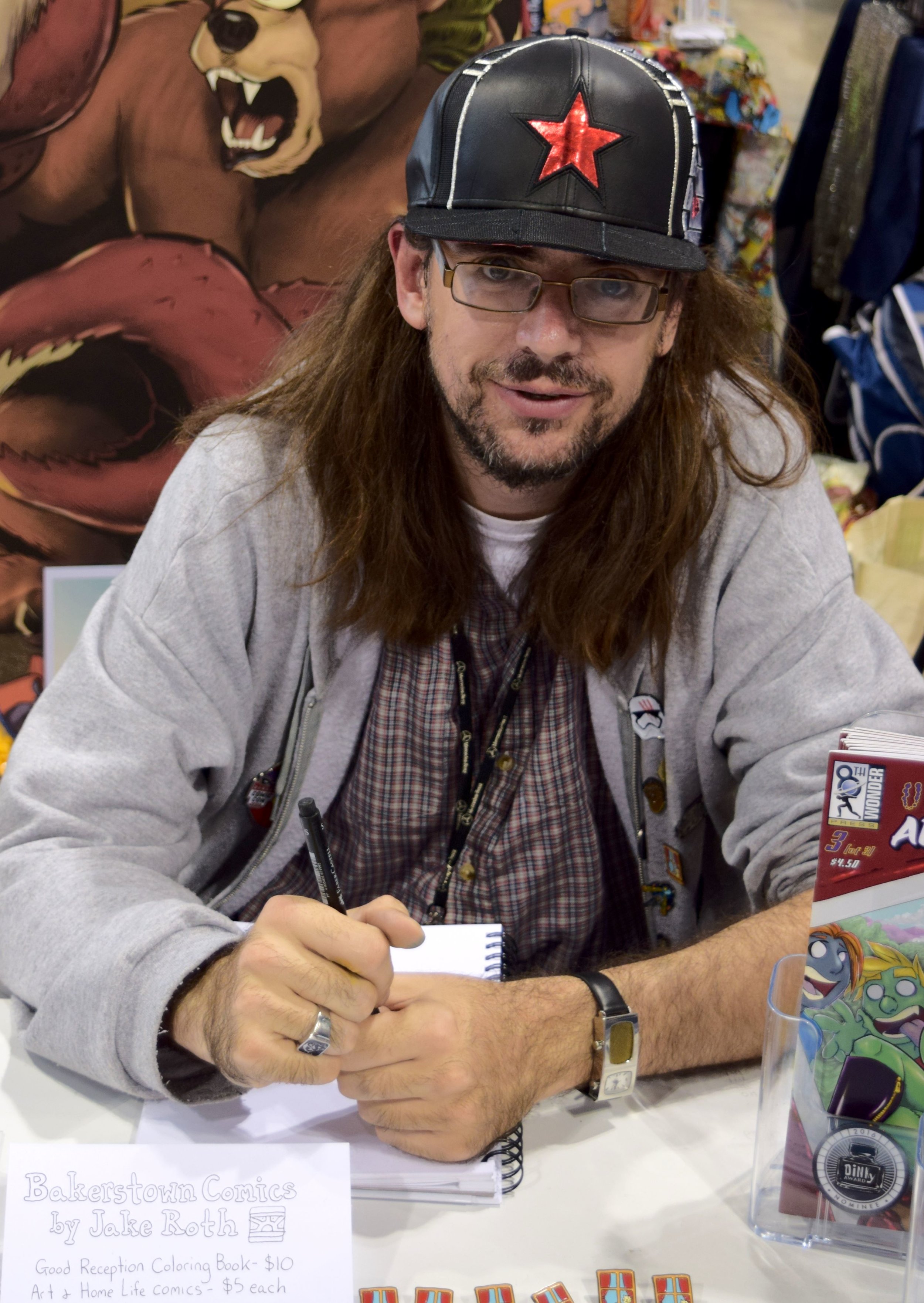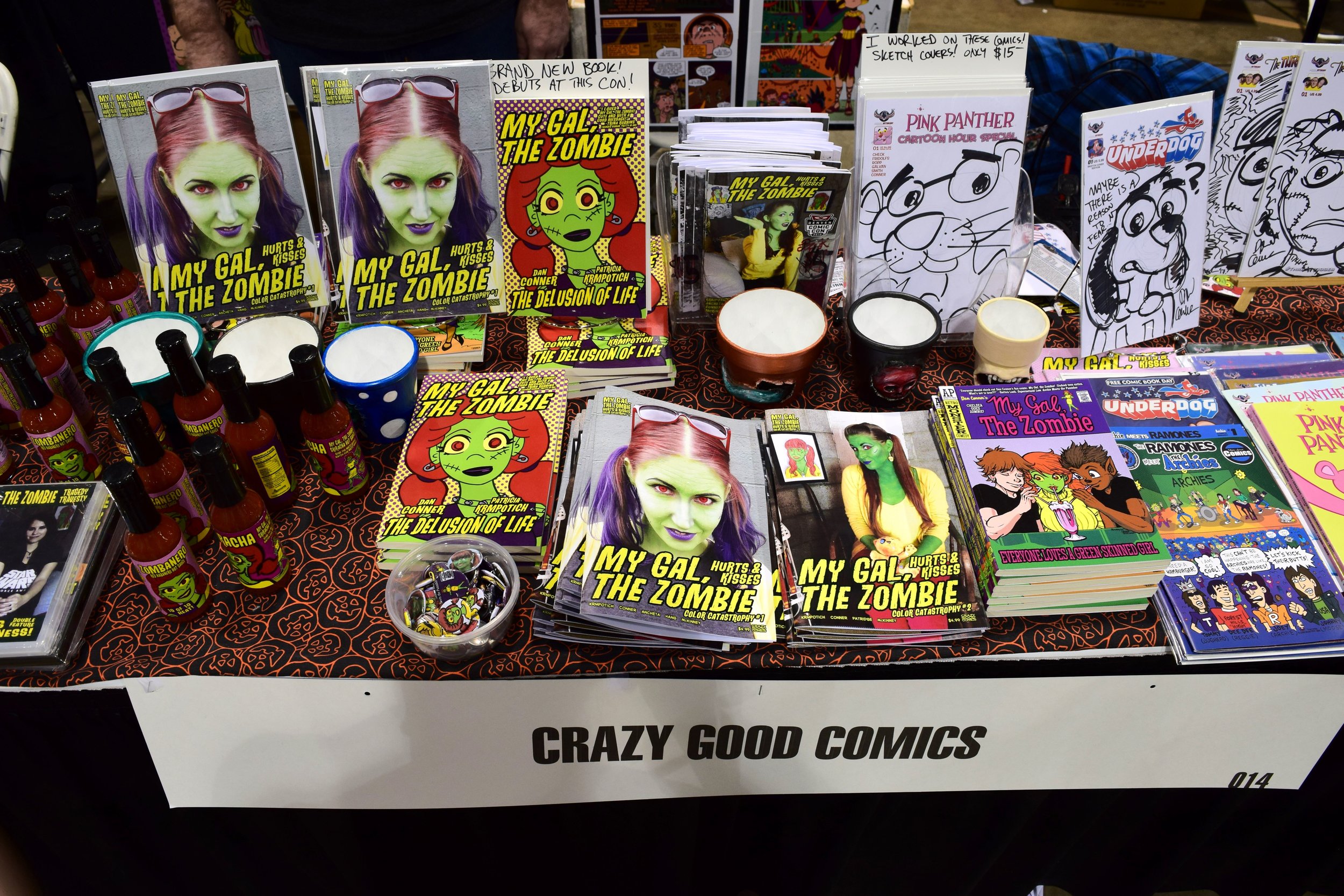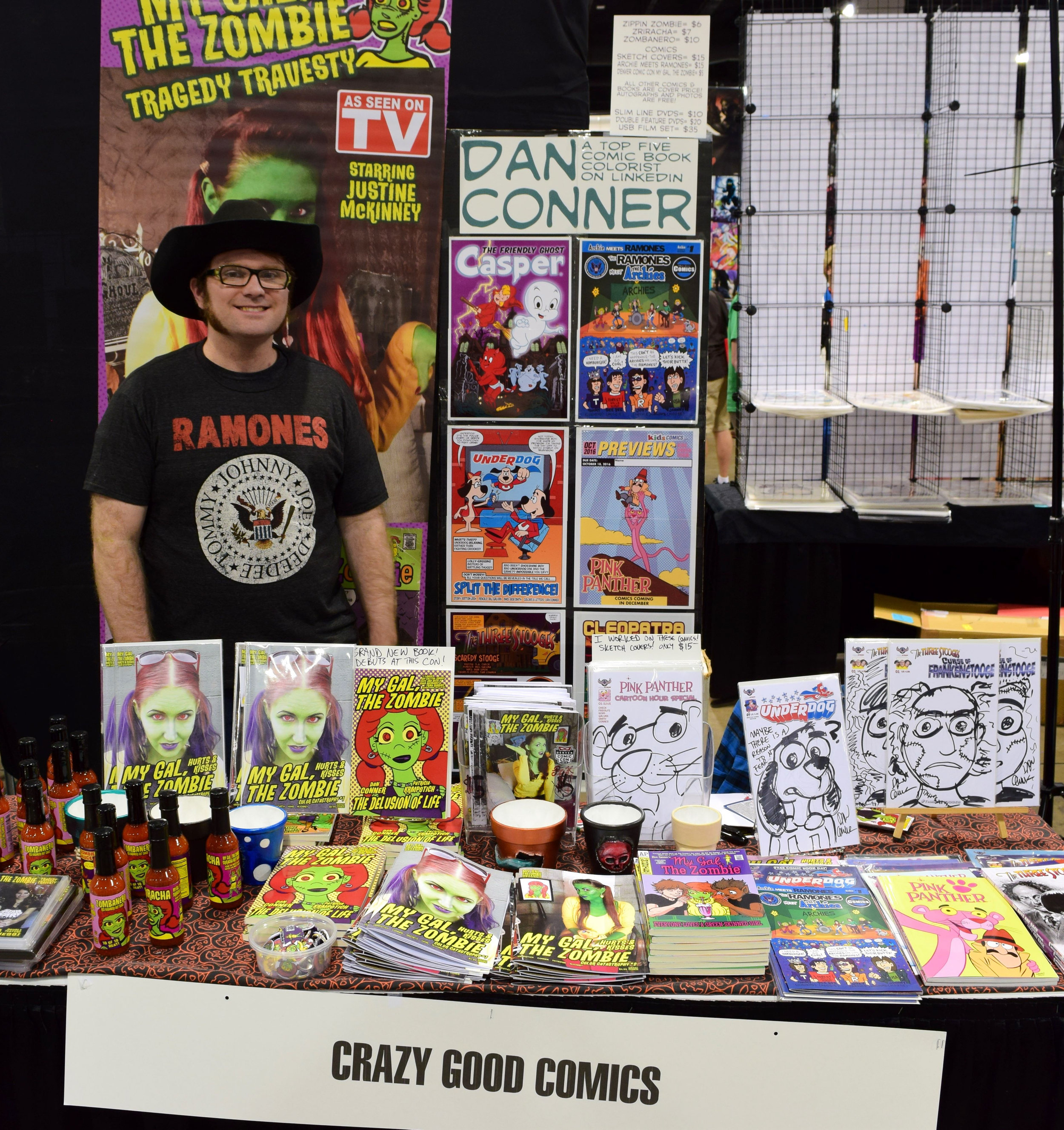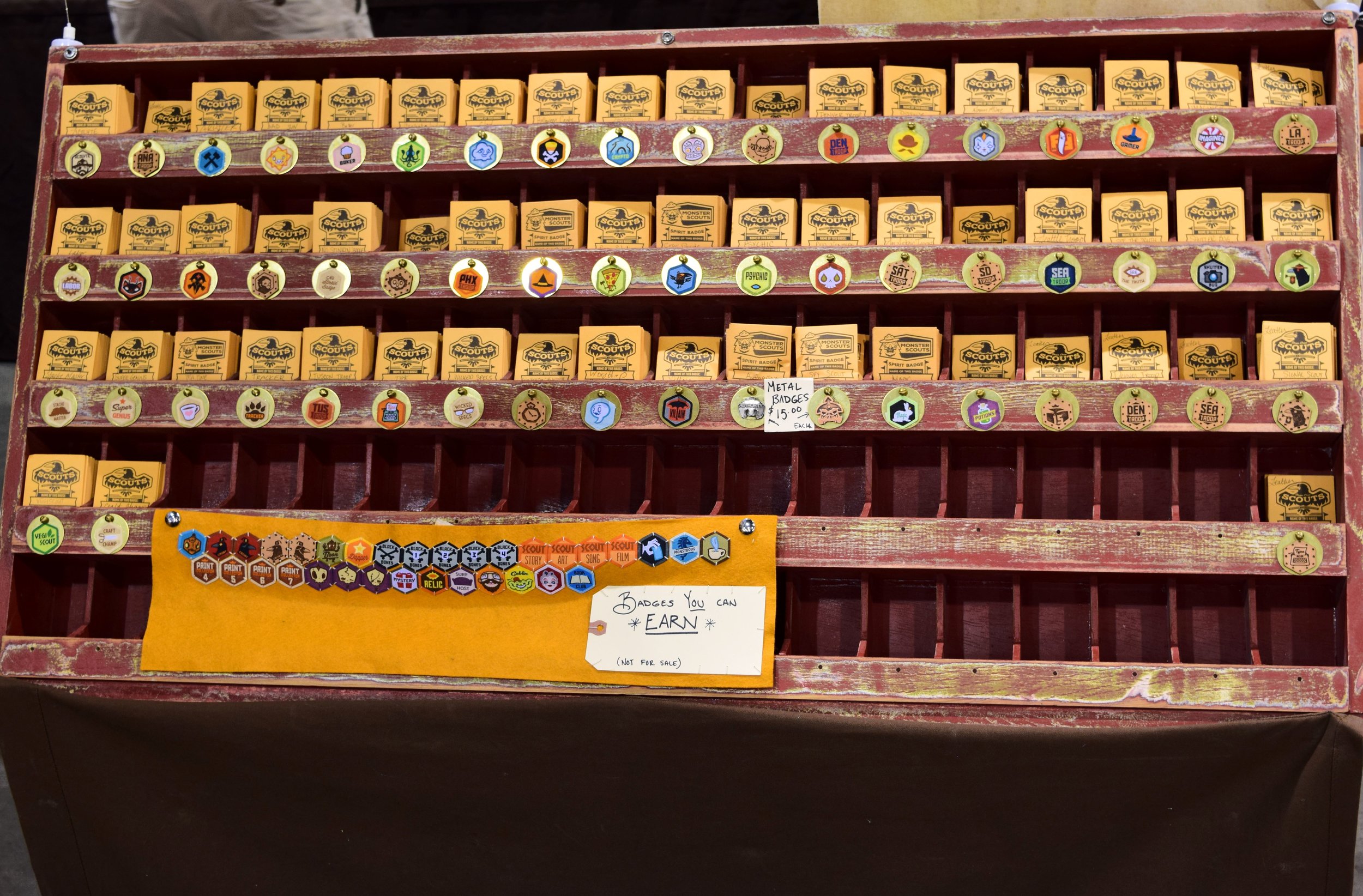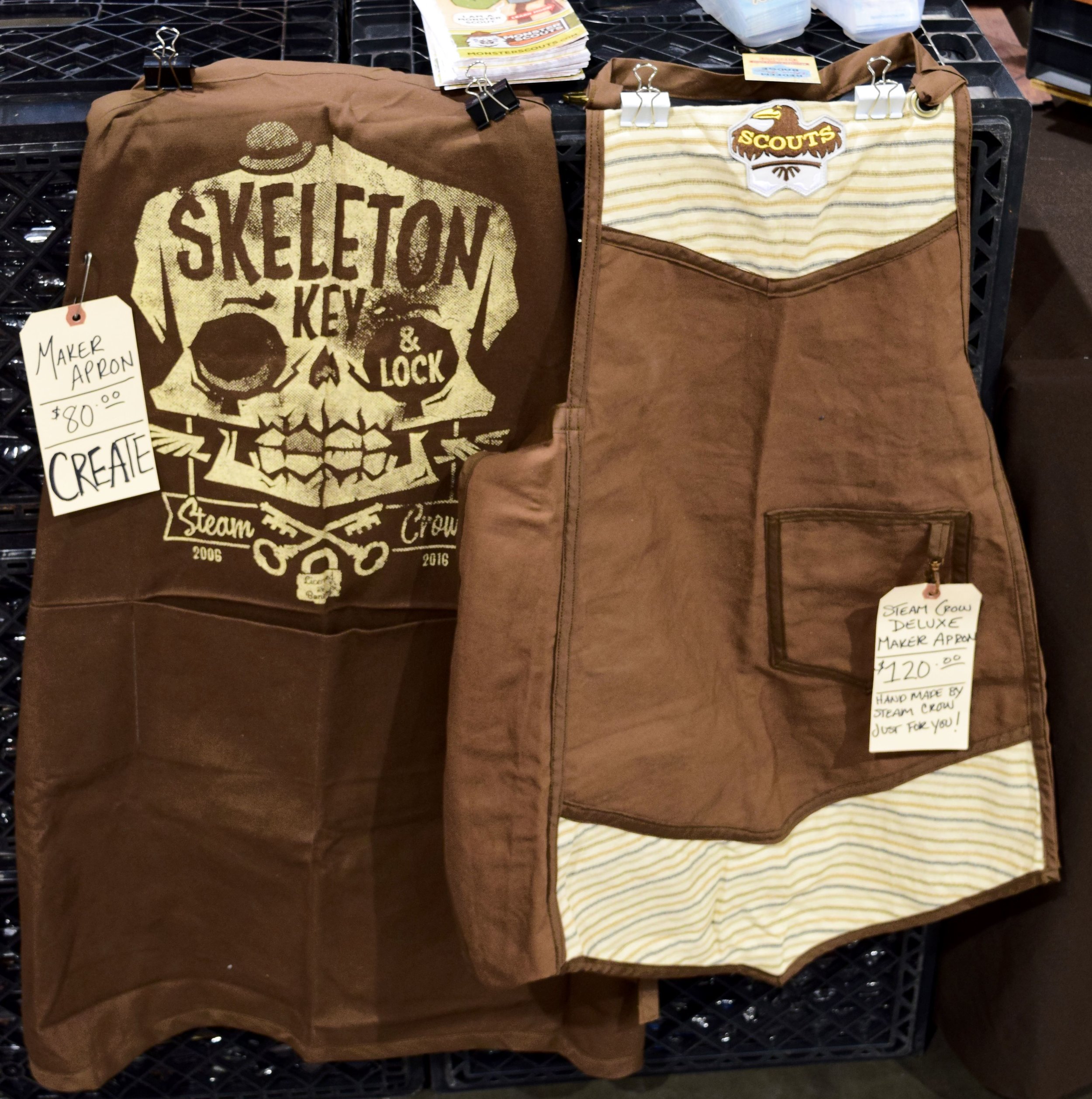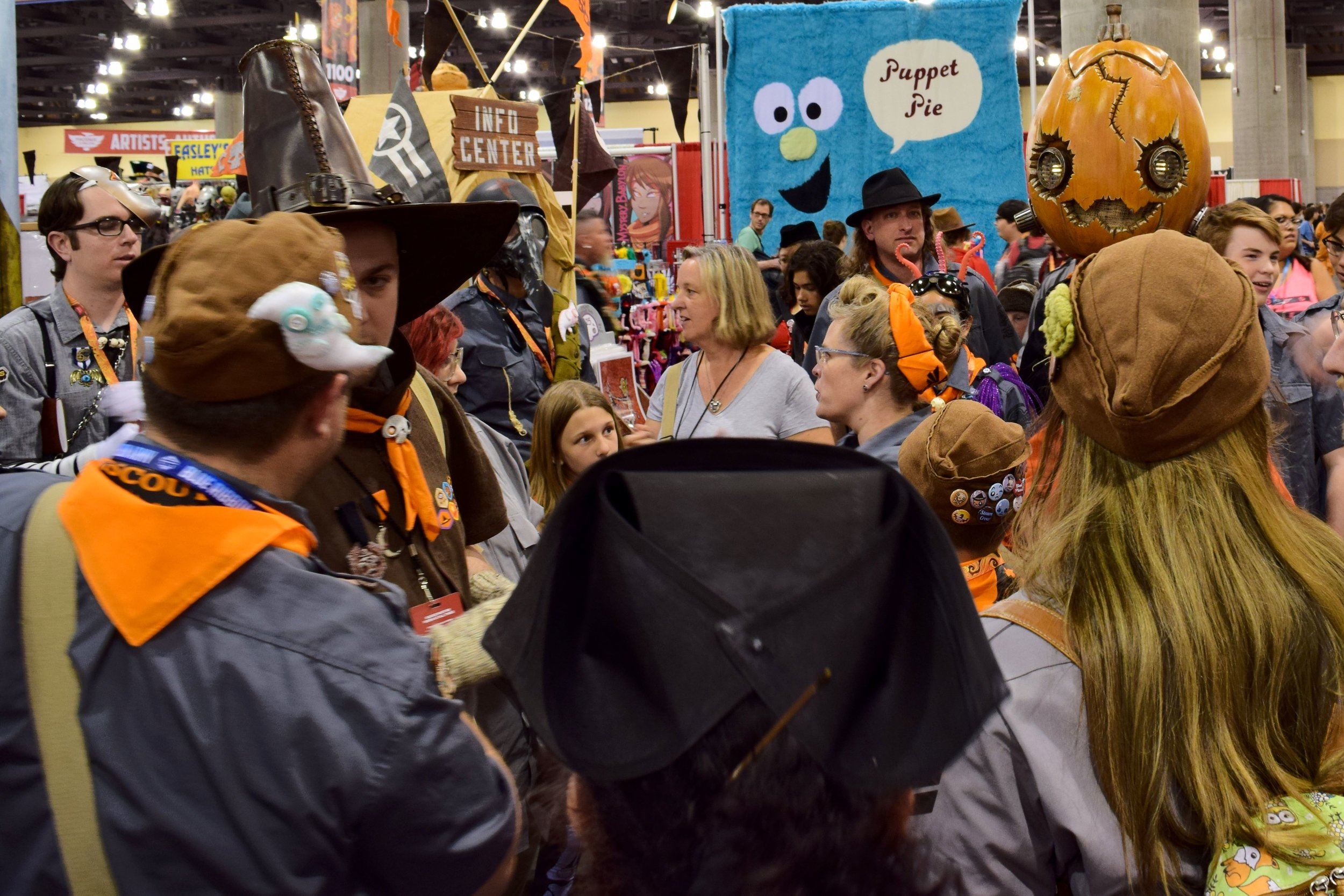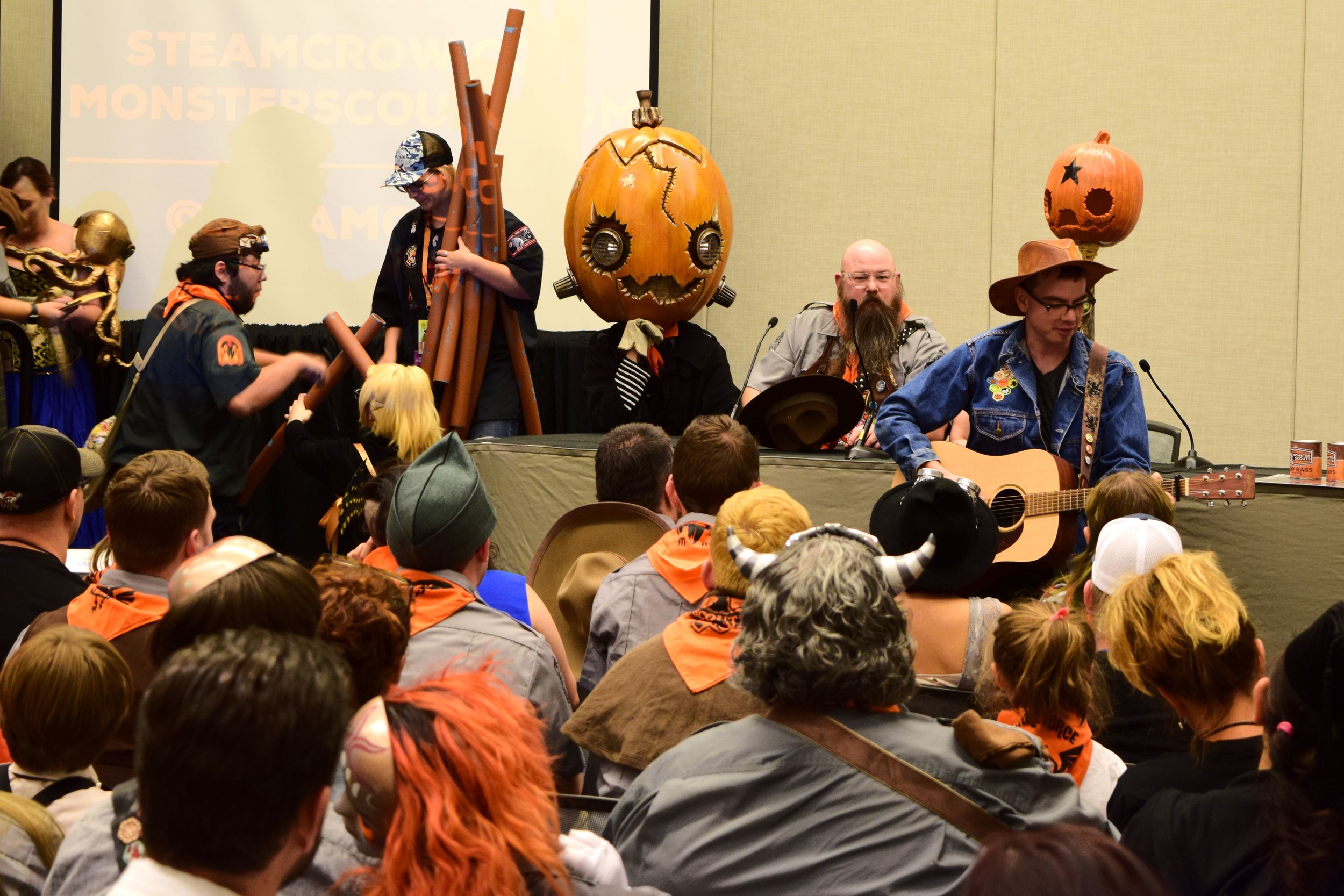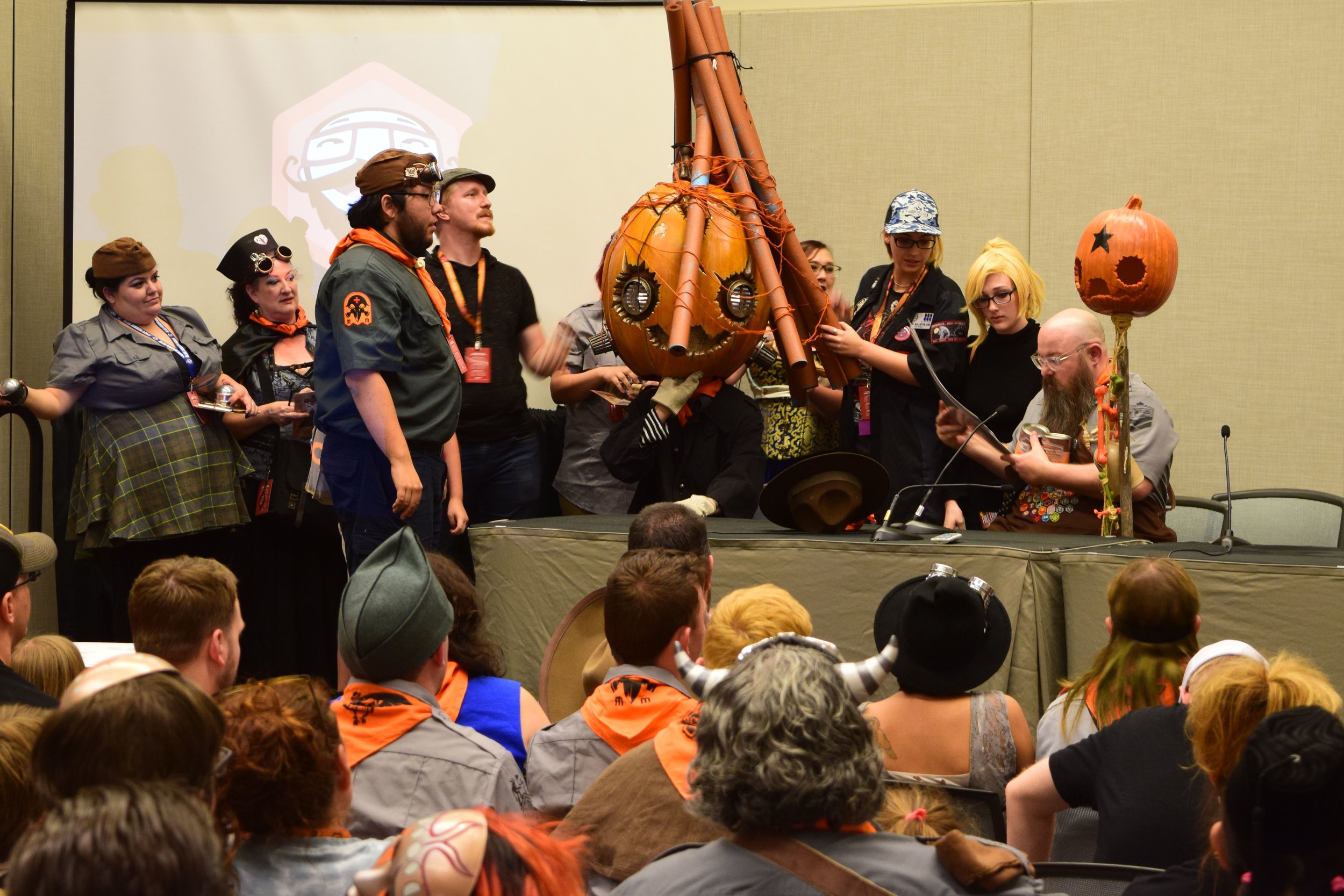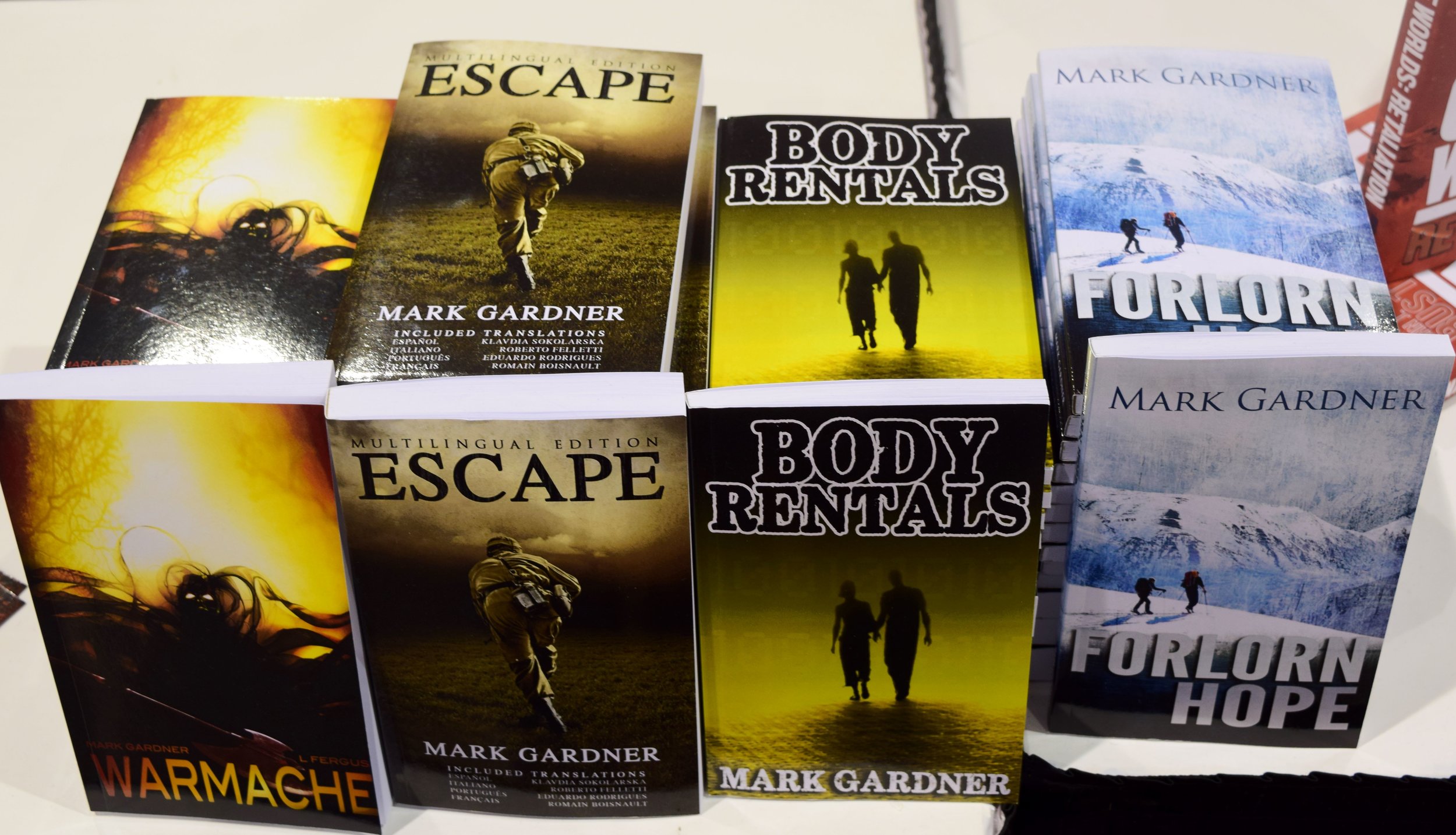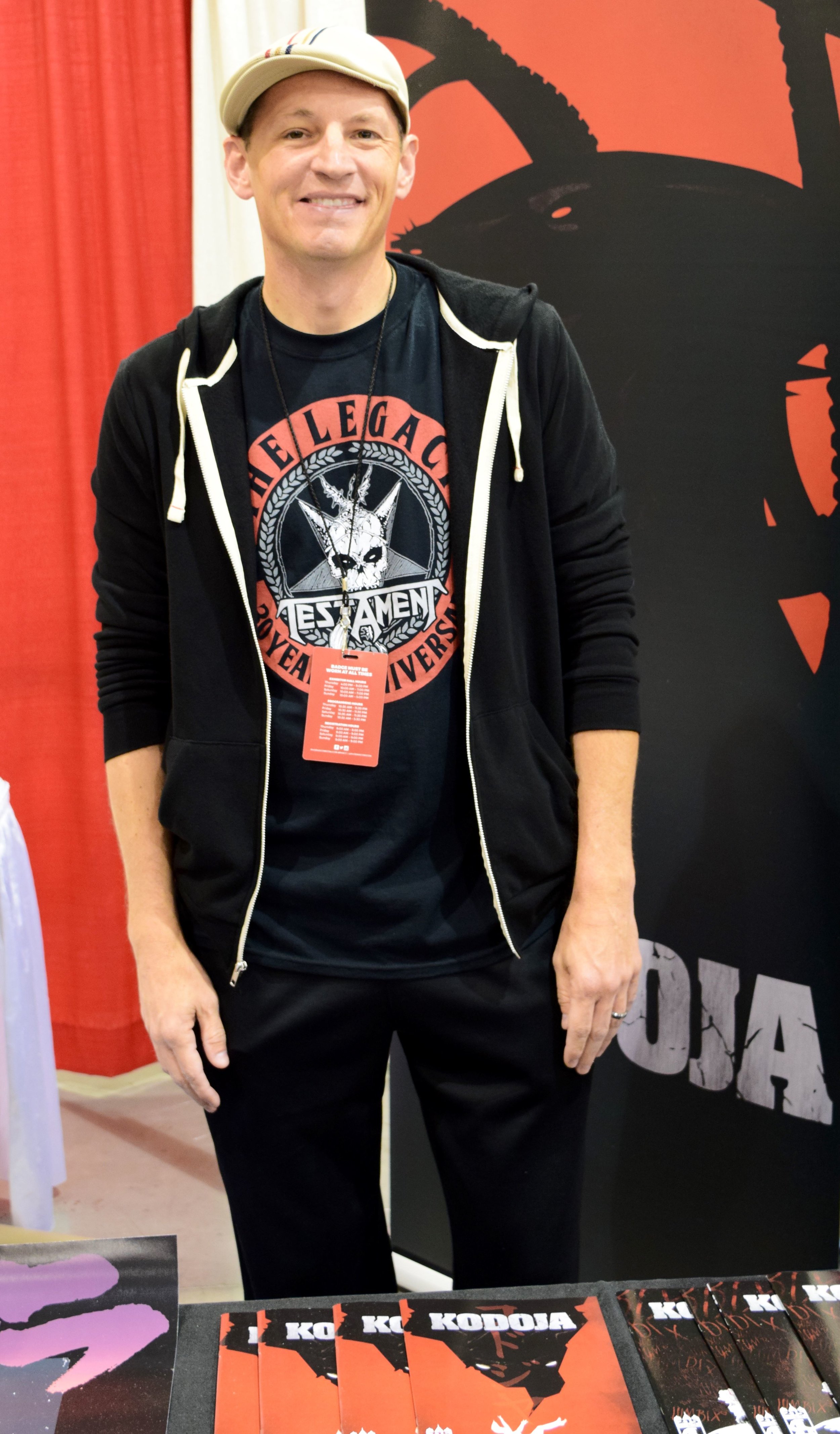A Stake Through the Art - An Interview With Charisma Carpenter (Wizard World Des Moines 2018)
/Written by R. Alan Brooks
Charisma Carpenter in the hit show Lucifer.
What was the 16 year old version of you like? How about the 26 year old version of you? The 36 year old version?
I’d imagine they’re all pretty different. For any of us, a decade of life experience can bring about major changes in the people that we are.
Now, imagine playing a fictional character on television for a decade; someone who isn’t quite like you. Almost inevitably, this fictional character would affect you and be affected by you, because, in some sense, you’re having the experiences and relationships that the character has.
Charisma Carpenter had just that experience, playing Cordelia Chase on the much-loved television series, Buffy The Vampire Slayer.
Charisma took a few moments to talk with me at this year’s Wizard World Comic Con in Des Moines, IA. We joked around a bit before the interview, and ultimately, I was fortunate enough to learn a lot about Charisma as a person.
R. Alan: So Charisma, what’s been the most resonant theme in your work up to this point, career-wise?
Charisma Carpenter: Well, I think the role that resonates most with people is Cordelia. And I would have to say that it resonates with me as well, just because I embodied her for so long. I really got to live in that character, and explore her, and grow.
R. Alan Brooks talks with Charisma Carpenter at Wizard World Des Moines 2018.
R: As you grew in that role, were there elements within it that you carried into your other work?
CC: I don’t know if I can speak to that as much as... I remember a specific time on set where I told a joke, and nobody really got it (which kinda happens to me a lot.) [laughs]
And I said, “Nobody gets my humor.”
R: Okay. [laughs]
CC: And that found its way into the role. So I think, there came a point in time where Cordelia and Charisma merged. I played her for so long every day, that writers and executives would be on set, and they’d pick things from me and put it in the script.
R: I imagine that’s gratifying, that aspects of yourself; things that are important to you as a person, kinda make their way into the show.
CC: I agree that it’s gratifying. But I also appreciate how it was the other way around- how (Cordelia) influenced me- which was definitely finding my own voice and saying “no”. Being able to assert boundaries...when I was younger, I wasn’t very good at that.
And even today, James (Marsters) said to me in the photo op session, “You’re so good with boundaries.” Because someone wanted a hug, and personally for me, I’m not a hugger. I barely hug my family. [laughs]
R: [laughs] Well yeah, that’s hard to fake, if you’re uncomfortable.
CC: It’s just hard - unless it’s on my terms and I have an authentic feeling and I wanna hug somebody, then I’ll do that. I’m not like…a robot. [laughs]
But I don’t just- it’s intimate to me. When somebody asks, I say, as lovingly and as kindly as possible, “I’m so sorry, I don’t hug people I don’t know.” And, “Thank you. But I’ll shake your hand, or fist bump you.”
Charisma Carpenter in Scream Queens (2015).
But I don’t press my body on other peoples’ bodies, basically, is what I’m trying to say. [laughs]
R: [laughs] Ok, well, so, are you saying that you found some of that strength…?
CC: ...in Cordelia! Absolutely, 100%. She spoke her truth, and that really informed me as a human being.
R: Wow. Ok, so you have some years between then and now...
CC: [laughs] Yeah.
R: So you’re a different person now.
CC: Because of her, yes!
R: So now, in terms of how you approach life, and the roles you’re searching for, what is it that you look for?
CC: [laughs] Well, that’s a hot topic as an aging woman.
R: [laughs] Yeah, I guess so.
CC: Well, I don’t necessarily look for any specific thing, in the sense of (wanting) this future hypothetical character to be a kick-ass woman, or “empowered” in some way. I don’t need to do Wonder Woman. I look for something that is challenging to me, or very different. For instance, I’d never know what it’s like to be a heroin addict.
I would think that would be a very interesting thing to explore - something super different from me. I think that’s what the idea of being an actress is; just getting to slip into someone else’s skin, and do it as honestly as possible.
R: Okay, so before we started recording, you mentioned some of your philanthropy work. Can you talk a bit about that?
Charisma Carpenter photo Courtesy of Wizard World.
CC: Oh sure! Pediatric cancer is very important to me. I have a friend- my son’s best friend’s mother- (she’s) in that position where she’s not gonna make it (because of cancer).
So, cancer is a big deal to me, but really particularly as it relates to pediatric cancer, because it’s the least funded cancer (research) by our government.
Nobody really wants to talk about sick kids, because it’s uncomfortable. So, that’s important to me, and the Ronan Thompson Foundation is the way that I support that. I fund raise for them, and try to let my fame and influence direct people that way; to bring around awareness of pediatric cancer. Neuroblastoma, specifically, because I’d never heard of it before. And it’s not brain cancer, which you’d think it was.
And then the Thirst Project, which is a water charity started by young people. And it’s a human thing, not even a young people thing. But I was attracted to it, because I was so impressed by Seth Maxwell, who started it at 19, and is responsible for raising 8 million dollars in less than ten years. He activated an entire movement across the country, of young people who fund raise for the Thirst Project, and bring safe, clean drinking water around the world. I think that’s beautiful!
And the last thing is this school in Uganda, that I care about and try to fund raise for.
R: That’s a lot of stuff!
CC: I have to keep working, so I can leave a bigger dent. I think, at this point in time, and my age, I’m at a place as a realized person, where I’m growing and learning everyday how important it is to give back. And how good it feels to be an activated citizen, and be politically involved and engaged - just engaged in general.
R: Yeah.
CC: I want more wealth and work, so that I can do those things that enrich me as a person as well. It’s not enough to just be an artist anymore. So I’m highly motivated to stay working for those reasons.
R. Alan Brooks and Charisma Carpenter at Wizard World Des Moines 2018.
R: That’s a beautiful reason! One of the questions that I wanted to ask you- and it’s funny that you brought it to this- I spoke to two comic book creators. One of them was talking about, in this divided society, how he thinks it’s important to always communicate some type of message in his art, like just essential humanity, or being a good person. The other guy said that he felt like it was his responsibility to just entertain people, so that they have some type of escape.
CC: Sure.
R: So my question to you is, where do you fall on that, and how does it affect the kind of work that you want to do?
CC: I think when you are an entertainer, by proxy, you are uplifting - and I didn’t know that at (first). It certainly wasn’t for the masses that I chose to become an actor [laughs]
Like, “Let me give my gift to you people!” [laughs] That’s not how it was at all. I was just honoring my gifts as a person, and I was fortunate enough to be able to make a living doing that. And it seemed right and true.
I don’t know that there are a lot of people that get to have that. So I feel very blessed, for sure. But now, as an adult in entertainment - not an adult entertainer...[laughs]
R: [laughs] That is an important distinction.
CC: It is. [laughs] I feel like, it feeds my soul to act. I know that, for sure. But, there’s something really magical and transcendent about being able to pay it forward.
R: That’s really beautiful.
CC: So, I’m very wealthy in that regard - that I get to do that. Now, I want to keep doing it!
R: I hope you do. Thank you for taking a moment to talk to me!
CC: Thanks, Alan. It was fun!
You can check out some of Charisma’s favorite charities here:
This interview was made possible by a collaboration between Nerd Team 30 and R. Alan Brooks’ podcast: Comics & Activism: Mother F**ker In A Cape- The Social Justice Geek podcast. For the audio version of this interview, plus some additional portions not included in this article, keep an eye out for future episodes of Comics & Activism: Mother F**ker In A Cape- The Social Justice Geek podcast.








